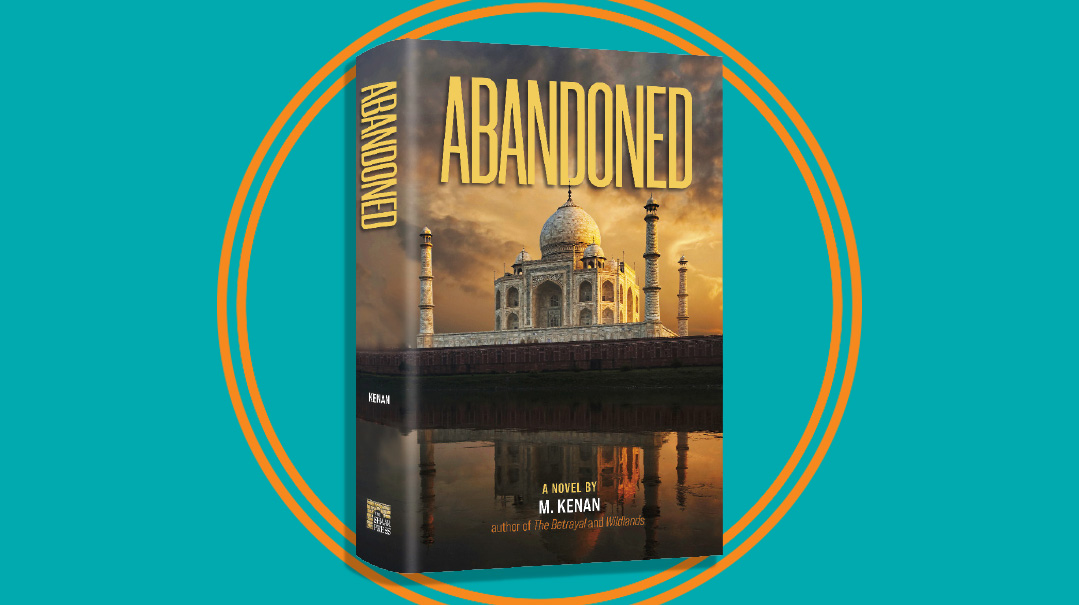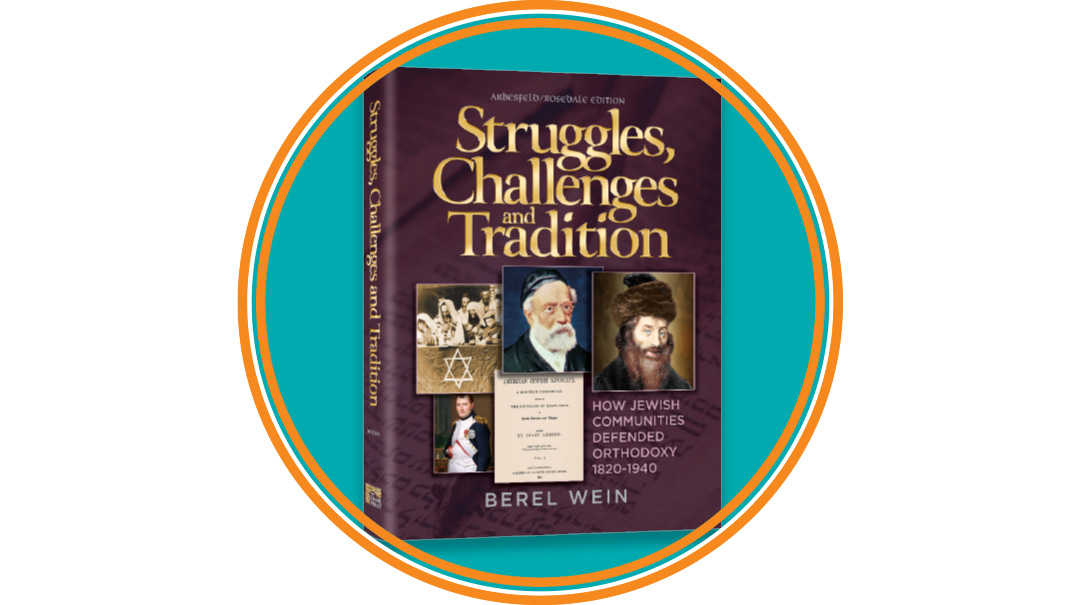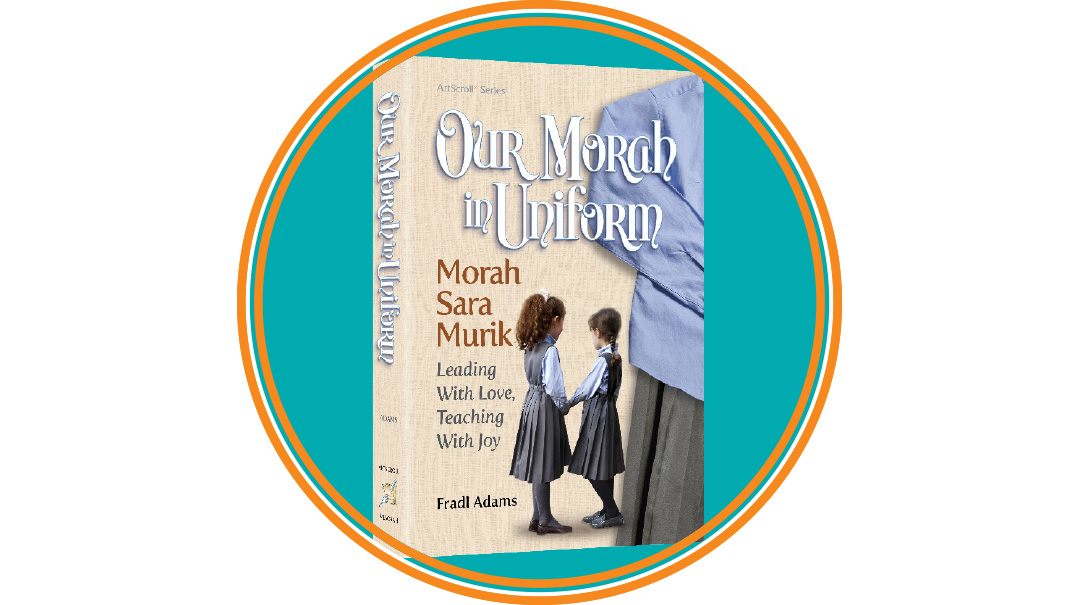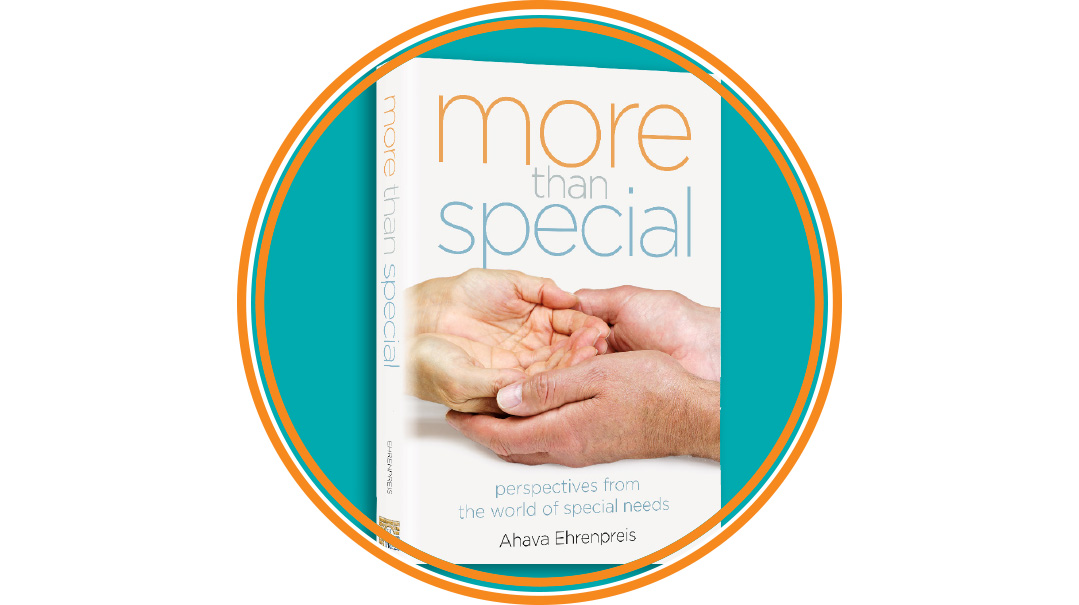Mala’s Cat
| August 2, 2022Battling for survival, she believed she was the sole surviving Jew
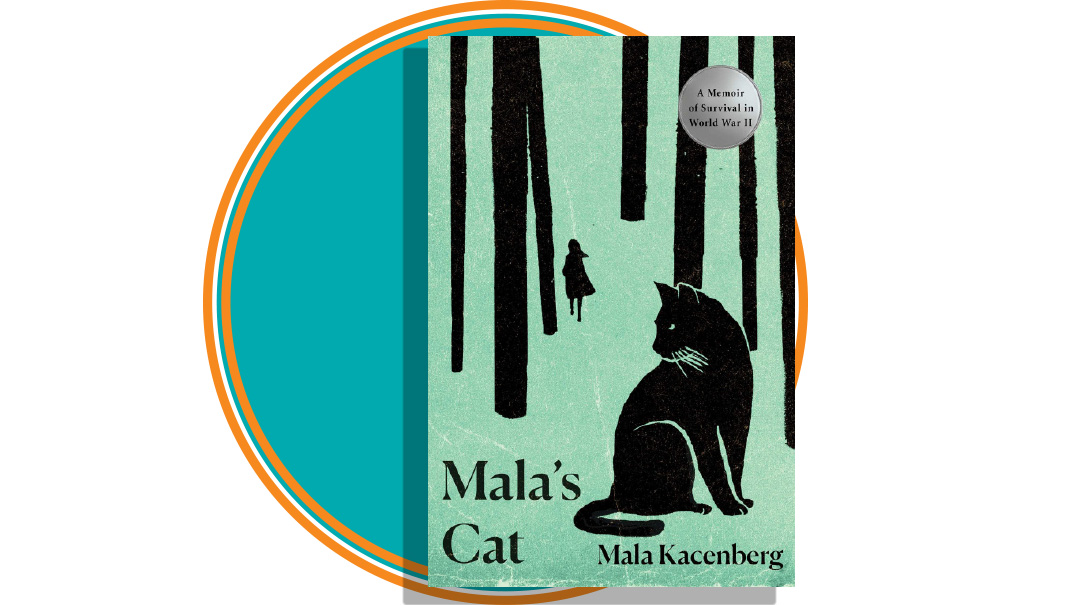
Book: Mala’s Cat
Author: Mala Kacenberg a”h
Publisher: Penguin Random House / Pegasus Books
Book in five lines
This is a moving Holocaust memoir by a child survivor. Mala’s entire family was rounded up and killed, while she concealed herself in the forest. She was on her own — a Jewish child among hostile Poles and brutal Nazis. Brave and resourceful, Mala realized that she could survive by doing domestic labor inside Germany itself. With only the companionship of a loyal cat, Mala endured many close shaves and emerged safely from the darkness.
Author in three lines
Mala Kacenberg, nee Szorer, had a happy childhood in the Polish village of Tarnogrod until the age of 12, when the Holocaust upended her world. After her miraculous survival, she moved to London, where she married and raised her family. Mala passed away at the age of 90 in 2017.
The following is an interview with Mala’s daughter, Mrs. Bella Lebel.
Why my mother wrote the book
Once, after the Germans had conquered Poland, my mother overheard one of Hitler’s rants on the radio. In it, he expressed his confidence about the success of his Final Solution: “If I [Hitler] were to meet a Jew still alive in 1944, I will salute him!” As the years progressed, my mother became convinced that she was that one sole surviving Jew and, if she didn’t somehow record the atrocities that took place, many people might never know. It took many years until she actually wrote her memoir — married life and raising her children filled my mother’s days — but the determination to memorialize her lost family and document those horrific experiences never wavered.
What readers will walk away with
They’ll be amazed at my mother’s courage and resilience in the face of such trauma, despite her young age, and be inspired by her constant seeking and finding of the Ribbono shel Olam in her distress. My mother often saw Hashem’s protection in the form of her only companion, a cat whom she named “Malach,” as she was convinced it was nothing less than her guardian angel. She held on tight to the chinuch she remembered from home, even though she was just a teenager, often totally alone, and at other times, surrounded by non-Jews.
Going public
Mala’s Cat was originally published in 1995 by CIS Publishers under the title Alone in the Forest. It was a frum bestseller at the time, but has been out of print for many years.
After my mother passed away, we had many requests from people searching unsuccessfully to find a copy. We knew that my mother had dreamed of having her story read by the wider Jewish population and also by the non-Jewish world. On a whim, my sister in London, Mrs. Frimchy Geller, reached out to Penguin Random House and, to our delight, they loved the book and immediately agreed to republish under a new name of their choosing.
My sister worked hard with them to ensure that the original manuscript was used verbatim, except for some German or Polish spelling corrections and other such minor changes.
Mala’s Cat was published earlier this year by Penguin UK, Pegasus US. It’s available both in Jewish and general bookstores worldwide, and on Amazon. So far, 11 other countries have either already published it or have bought the publishing rights: Israel, Germany, Poland, France, Holland, Hungary, the Czech Republic, Bulgaria, Italy, Portugal, Romania, and China.
Harsh reality, easy readability
Every individual story of Holocaust survival is both tragic and filled with miracles. Mala’s Cat stands apart from many, in its positivity in the face of horror. Our mother intentionally chose to write her story in a way that’s palatable for all ages. It does not frighten the reader but instead shows my mother’s strong faith in a Higher Power. Many have commented that while the majority of Holocaust books are set in the concentration camps, this book portrays survival from a different angle.
Most challenging to read
One instance is when my mother watched her only brother, Yechiel, being shot to death and then feigned death as the Nazis rode on by. Then there’s the time when my mother and her sister Bella almost despaired and said Shema, hoping to die. Another heartbreaking scene was when she had to leave her grandfather behind without food, knowing she couldn’t possibly save him.
A turning point is when she returned from scavenging for food outside of the ghetto to see her family being rounded up. She had to choose whether to go with them or try to stay alive and forge ahead on her own.
A favorite scene
The time when my mother turned the tables on a Polish girl named Zosia in front of a Gestapo officer and led the Nazi to believe that her would-be accuser was, in fact, herself a Jew!
The hardest part for my mother to write
I grew up hearing bits and pieces of my mother’s story, often on a Friday night after candlelighting. Her tears would inevitably flow. Those tears fell even harder all through the eventual writing of the book. No part was more difficult or easier for her to write. Every anecdote and memory brought to mind the family she lost, the life she left behind, and the fact that she had no parents with whom to share her days.
Author
Henye Meyer
Recent Release: Detective by Design
My detective book came about by mistake. I was trying to persuade Menucha Publishers to publish a collection of shorter stories that, for the most part, hadn’t found a home. Since the entire collection wasn’t long enough for a full book, they asked me to write more.
Among the additional piece I sent them was one detective story. They liked it so much that they begged for a whole book of detective stories alone. Although I found this a little daunting, I was game.
While I was at it, I figured I could emulate Sir Arthur Conan Doyle’s Sherlock Holmes short stories, and set mine in the same era, with a suggestion of his faintly pedestrian style. It wasn’t easy! I sat down with our complete collection of Sherlock Holmes and read them for weeks while I wrote my own. Fortunately, I’d already researched the later Victorian era, so that made the task slightly easier.
Naturally, since my stories were for a frum audience, many of whom were women, my protagonist would be female and frum. That meant she had to operate within the constraints of frum society as well as conform to halachah. It was quite a challenge, especially because I don’t consider myself a mystery writer.
Question for
Mrs. Miriam Zakon, author and acquisitions editor for ArtScroll/Mesorah
What has stayed the same in Jewish book publishing since you entered the industry, and what’s changed?
The frum publishing world was very small and informal when I started. I could (and did!) waltz into ArtScroll’s little office on Coney Island Avenue with a manuscript and get feedback almost immediately. Or just cold call Jack Goldman a”h from Judaica Press and ask him to try me out (I did — and he did).
Decades later, there are so many more opportunities, and writing for our Torah-observant world is a realistic career option — and somewhat more formal. What has stayed the same is the idealism of both writers and publishers, who really want to make a difference in the world.
(Originally featured in Family First, Issue 804)
Oops! We could not locate your form.


